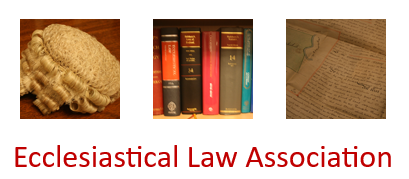The Rector and Churchwarden sought a faculty to regularise the installation of four infra-red heaters in the north aisle of the church, the subject of an interim faculty, and also to make permanent some minor reordering carried out under an archdeacon’s licence, namely, the removal of four pews, a pew frontal, and two altar rails from the north chapel and the installation of free-standing shelving and refrigerators as storage for the church’s food bank. The Victorian Society and Historic Buildings and Places objected to the proposals to remove the four pews, pew frontal and the altar rails from the north chapel. The Chancellor granted a faculty, being satisfied that the petitioners had made a clear and convincing justification for the proposals in terms of the resulting community and missional benefits. The faculty was subject to a condition that the four pews, their pew frontal, and the two altar rails should all be retained within the church building or in the adjacent Parish Rooms.

